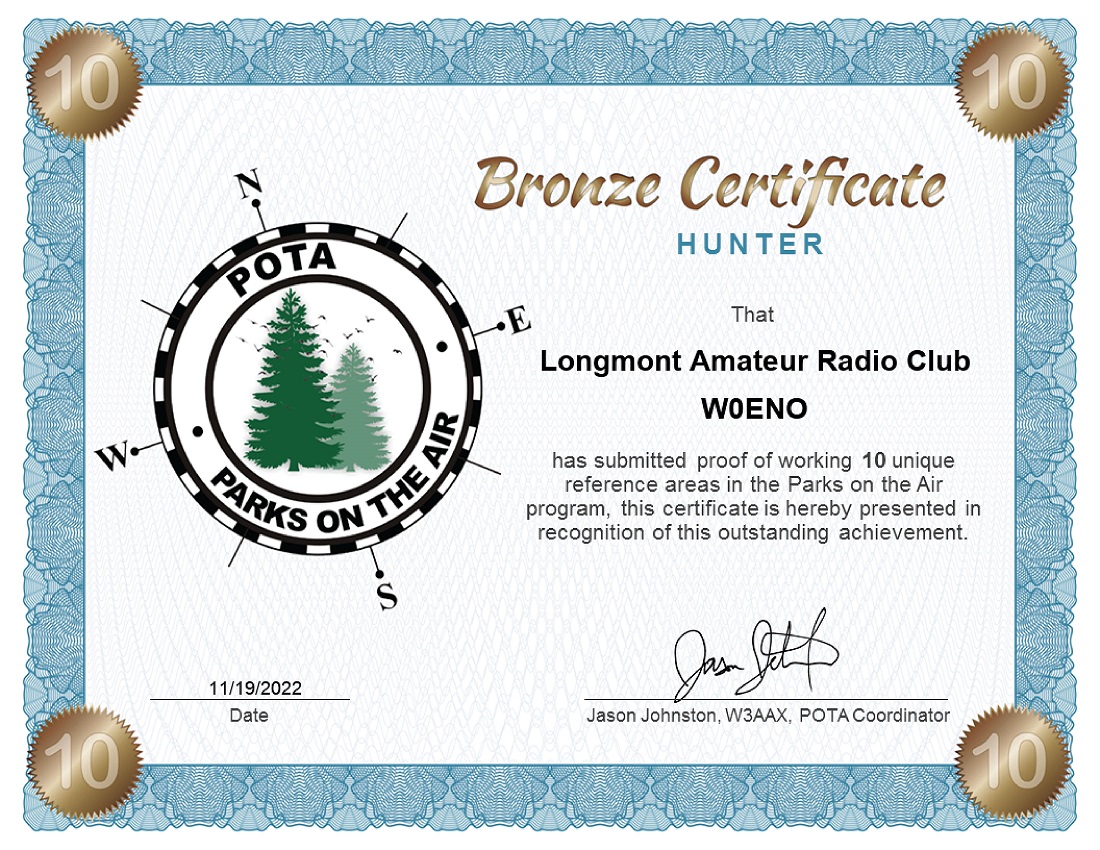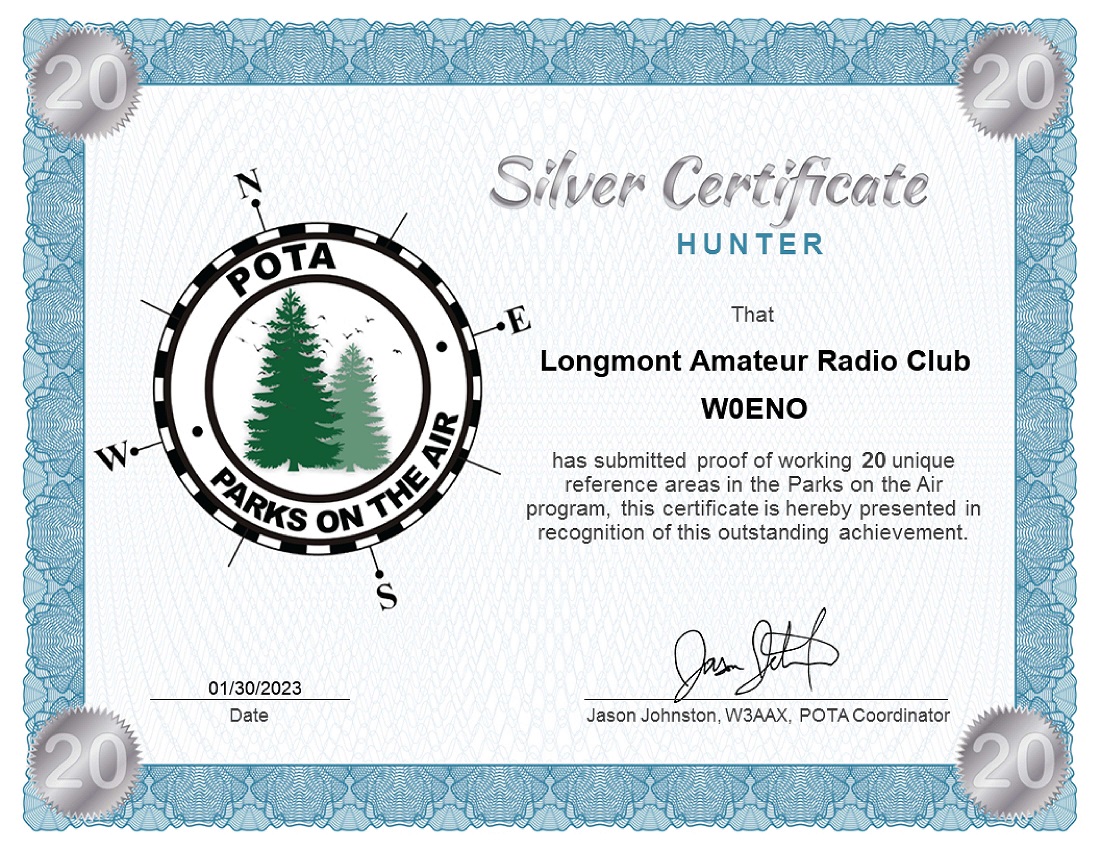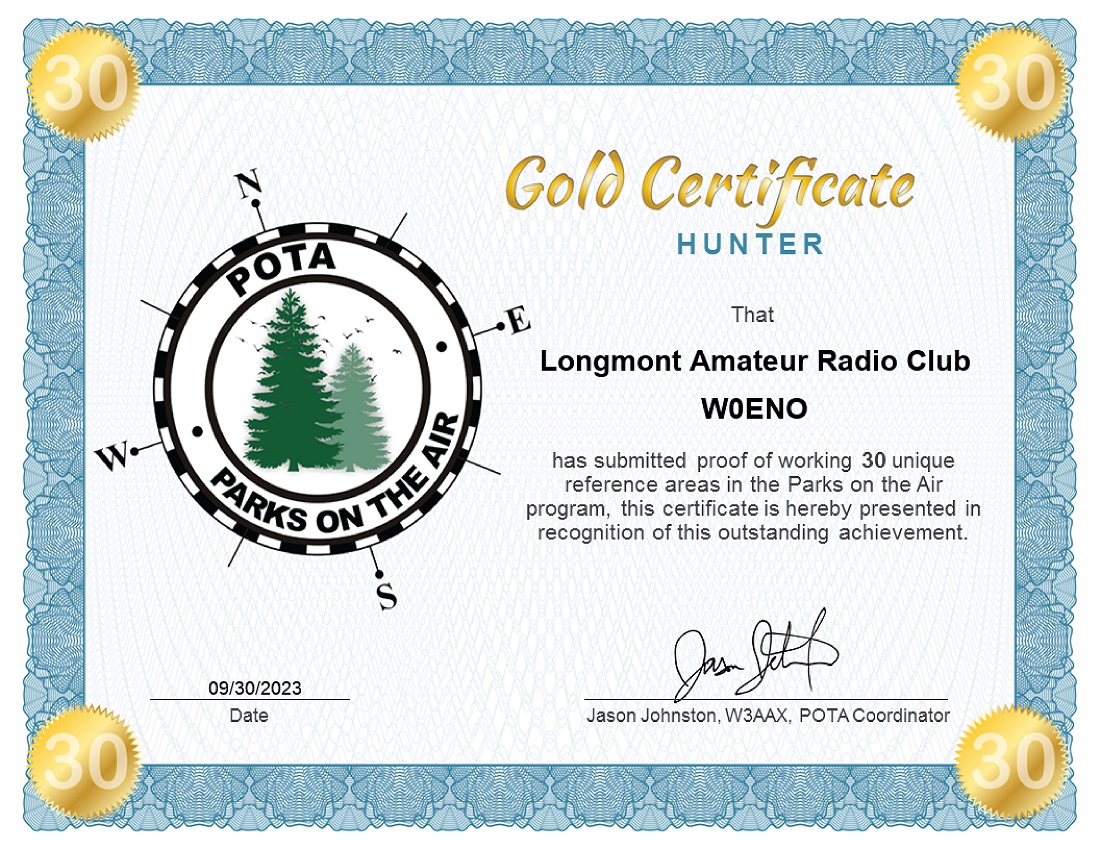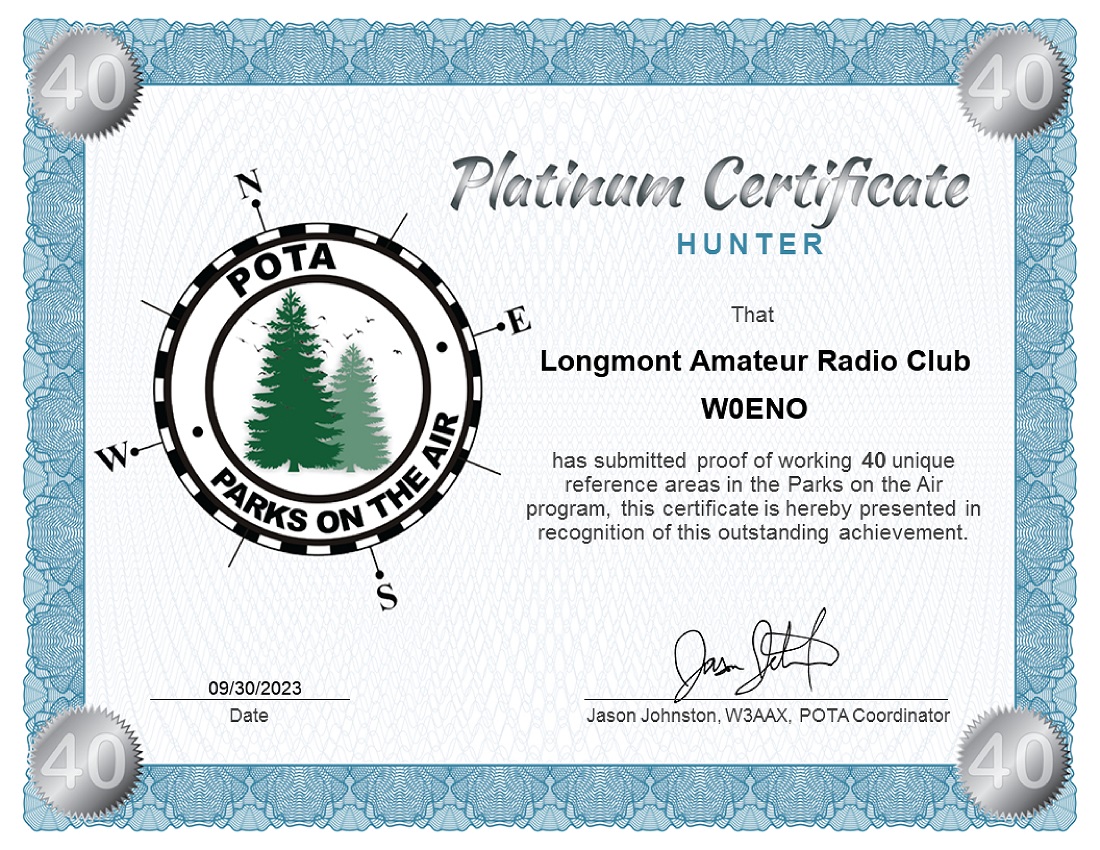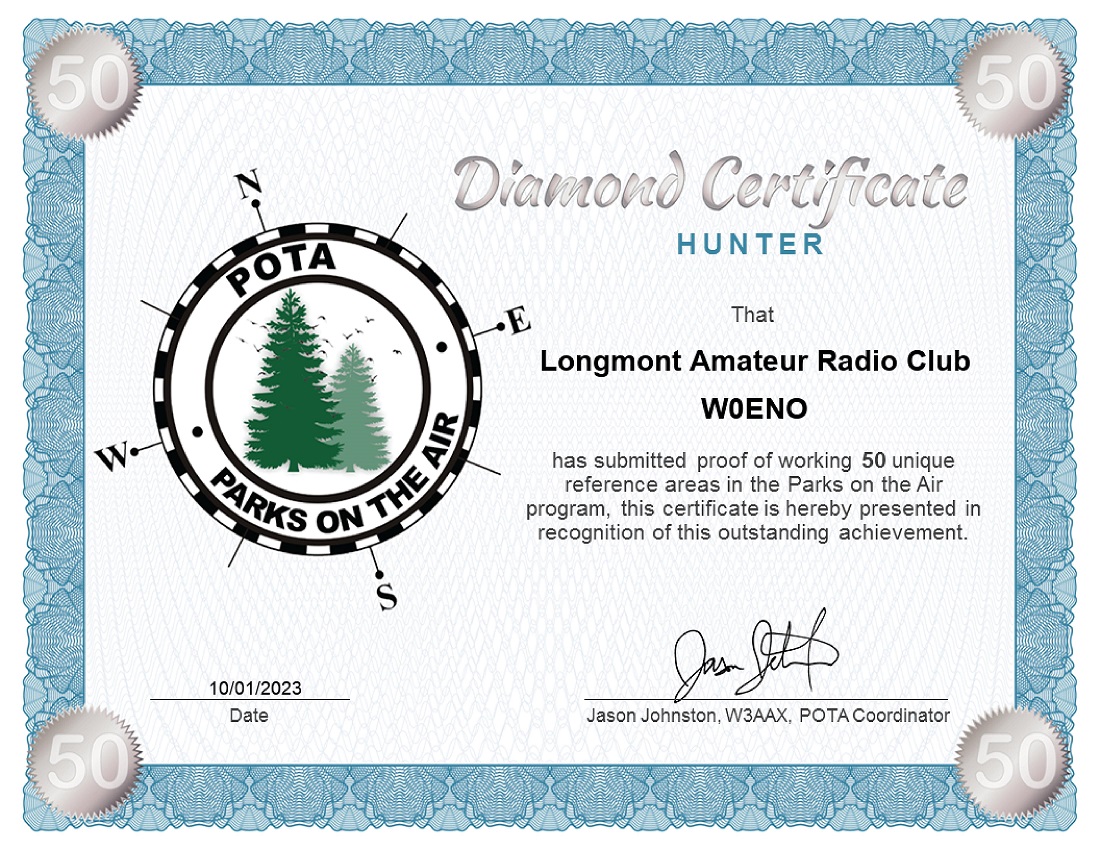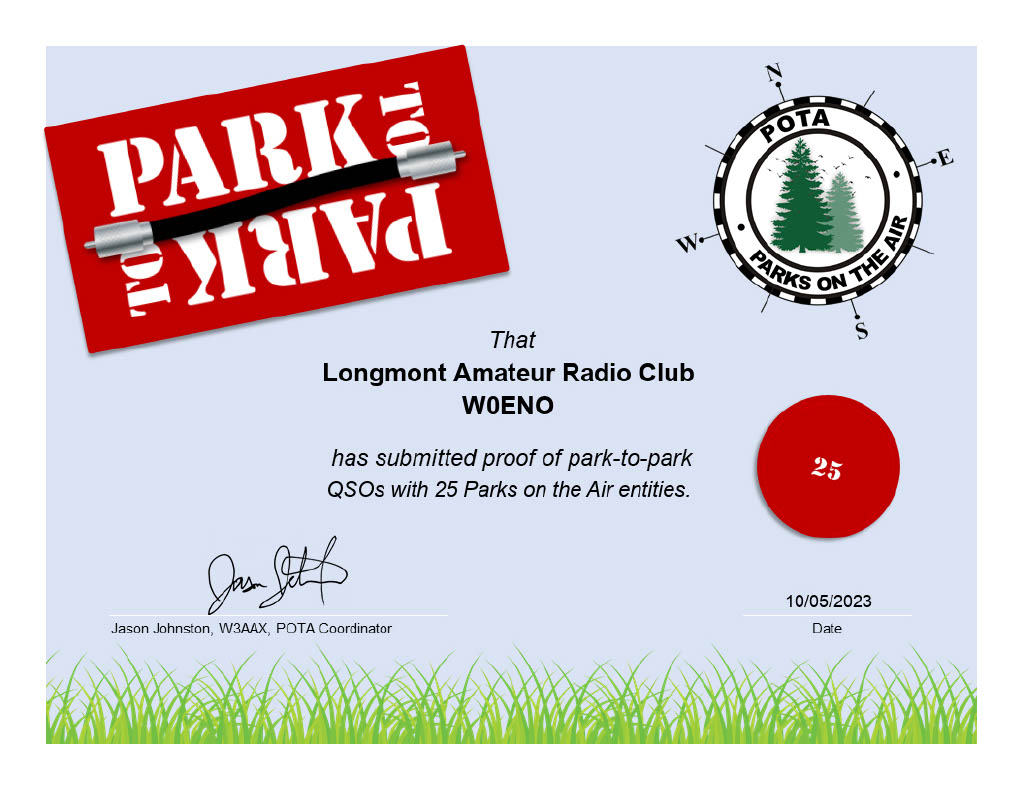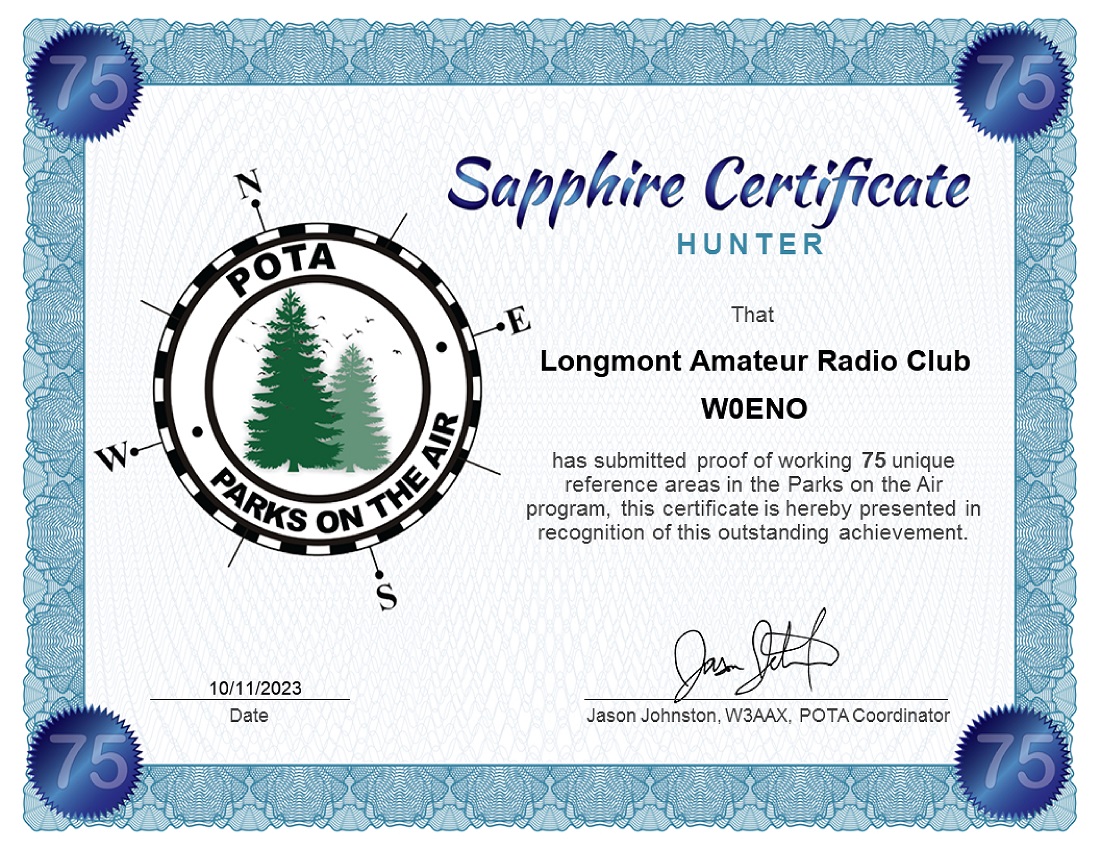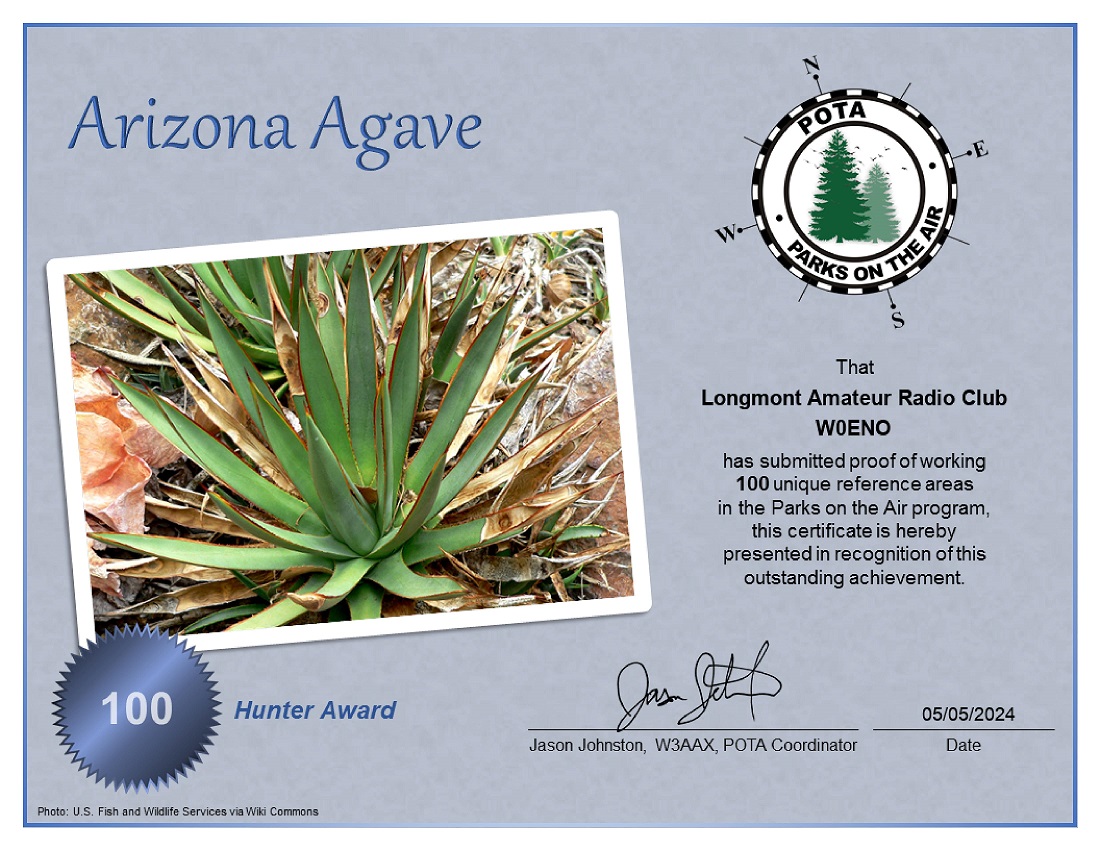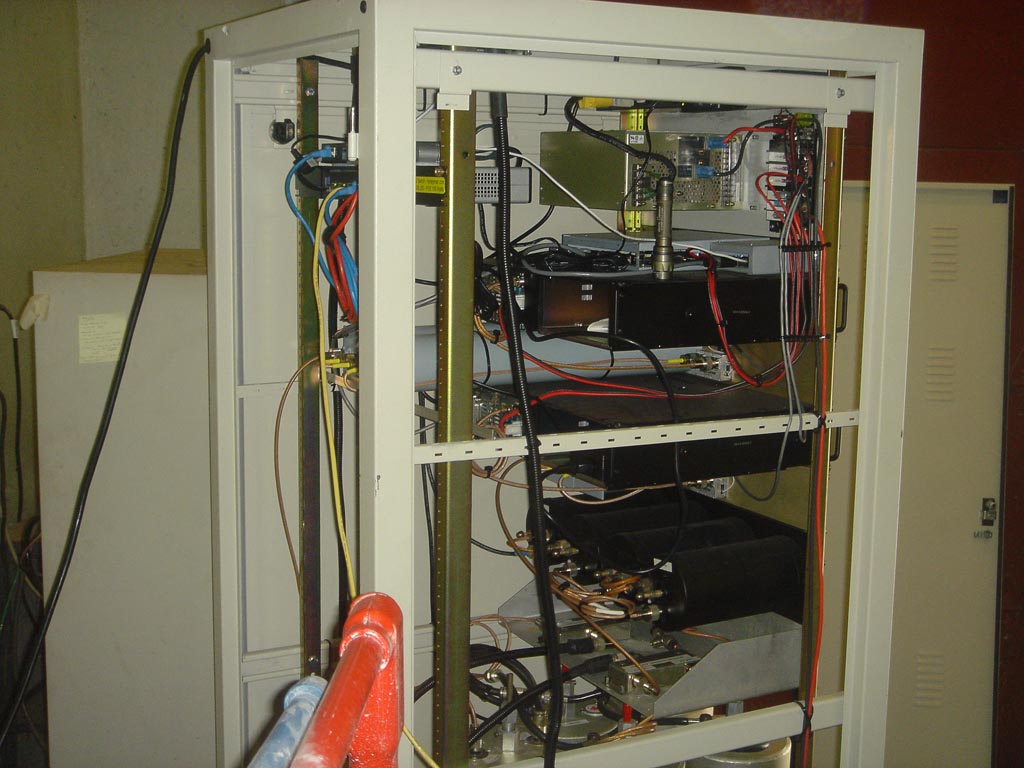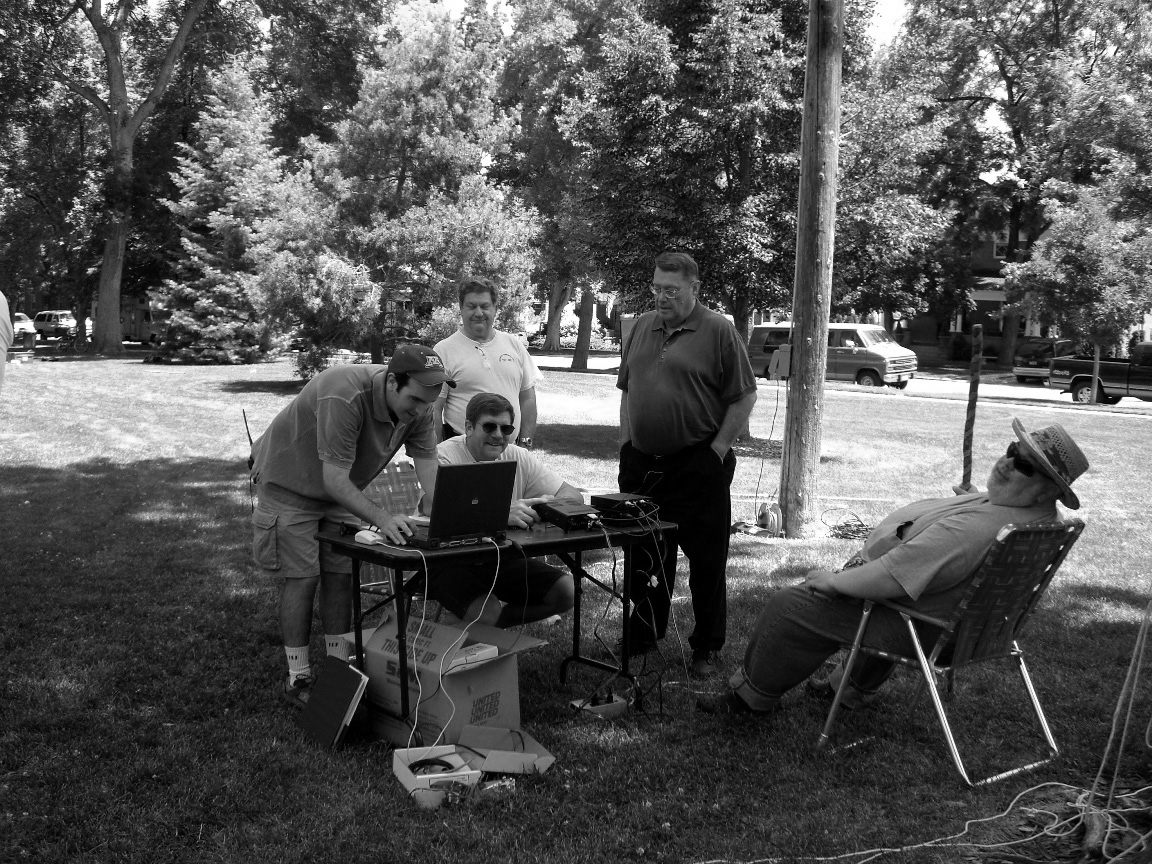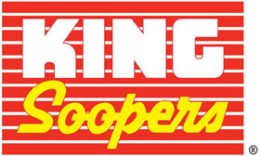Another CW Page
Why Would I do CW?
CW History
Why Would I do CW?
CW History
Developed in the 1830s and 1840s by Samuel Morse (1791-1872) and other inventors, the telegraph revolutionized long-distance communication. It worked by transmitting electrical signals over a wire laid between stations. In addition to helping invent the telegraph, Samuel Morse developed a code, bearing his name, that assigned a set of dots and dashes to each letter of the English alphabet and allowed for the simple transmission of complex messages across telegraph lines.
The Morse Code, is referred to as ‘CW’ in Amateur Radio because a continuous wave is turned on and off forming the long and short elements of the morse code characters. This also differentiates it from the original (for Amateur Radio) spark gap transmissions. It is a type of character encoding that conveys information using a rhythm to the characters. Morse code uses a standardized sequence of short and long elements, known as “dit” for the short element and “dah” for the long element. These combinations represent the letters, numbers, punctuation and special characters, in a message. The speed of Morse code is measured in words per minute (WPM).
Up until just a few years ago, (early 2000’s in many countries) CW knowledge was a requirement for obtaining an amateur license. In 2003, the ITU removed the requirement for countries to demand morse code.
Why Me?
Since CW is no longer a requirement for an Amateur Radio License, many, many people take the stand, WHY would I do that? That is an excellent question. Please reflect on the following:
- Why did you get a license?
After all, cell phones are more efficient for voice communication, and Internet E-mail is more efficient, for data.
- Equipment is far more expensive in Amateur Radio, isn’t it?
- With the cell phone and E-mail, you do not need to worry about who else is listening.
- Neither of those requires a license.
The main reason that I can think of for having an Amateur Radio license is to have FUN. Think about it. You put out a call and you never really know who will answer (even if you call one person, someone else may answer). It provides a way to meet people with at least somewhat similar interests AND an interest in “the hobby”.
In addition, it provides an opportunity to learn. You can learn about electronics, radio propagation, communication techniques, and communication modes. If that were not enough, it also provides an on-going challenge for you to learn even more. For the vast majority of people, CW is THE ultimate challenge in amateur radio.
At this point, many will just say “I don’t need that much of a challenge!” OK. Your choice.
I was one of the people that learned CW because I had to, for my license. The interesting part is that the more I learn, the more fun I have! It is once you get above fifteen to sixteen WPM that the fun REALLY begins! It is once yo have that magical contact where you forget the dits and dahs, forget how they combine, and (many will say) FINALLY listen to what the other person is saying, that you KNOW that CW can be a lot of fun. And it only takes practice.
Learning CW
The first suggestion in learning CW is DO NOT learn the letters that have only dits (e,i,s,h and 5) then learn the characters that have only dahs (t,m,o and 0). That approach teaches you to count character elements, which will slow your actual learning to a considerable extent.
There are many theories about learning CW. Some of them, like theories about how to argue with a woman, are just as ineffective. Each of us will learn best once we find the approach that works best for us. Of the veritable plethora of approaches, the one that seems to be most effective for the majority of people is the Koch method. Koch came up with the idea that you should start off just learning two letters at full speed and add an additional letter once you reach 90% proficiency, until you have mastered the twenty-six letters, ten numbers and about a half dozen procedural words (ProWords).
Many people will also use the Farnsworth method. With it you learn the characters one time, at around twenty to twenty five words per minute (WPM) character speed, and have longer spaces between the characters to attain the WPM word speed you are working at. Learning it that way you avoid learning the code at five WPM, then again at thirteen WPM, then again at twenty WPM, which is how so many people were so totally offended by CW.
A few of the more viable packages are:
- G4FON Software which uses Koch for learning and Farnsworth for practice.
- Multiple Morse Code Training sites
If you are up for a challenge, or just want to try something new, CW can be a lot of FUN.
Don’t be afraid to try it, you may actually like it!

